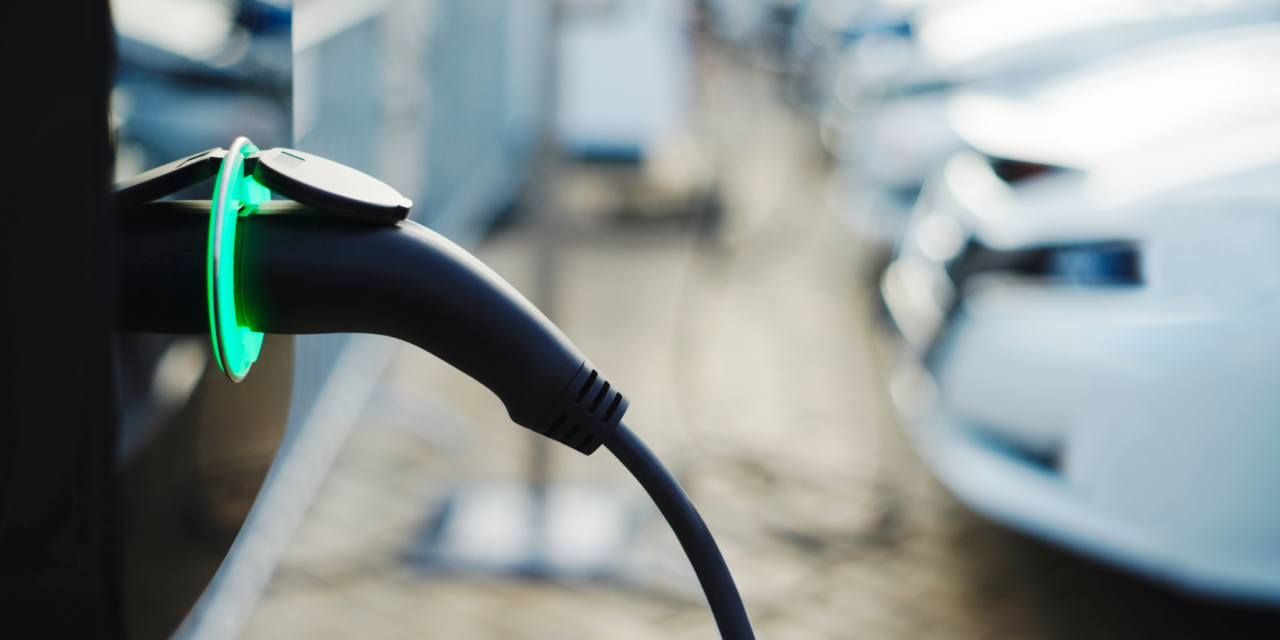Author Katrina Shanks, CEO Financial Advice NZ Article originally published in Stuff.co.nz.
Just when we thought the cost of petrol seemed to be easing, the bad news came.
Yes, the pain at the pump is predicted to worsen over the coming months as petrol companies pass on price hikes caused by a cut in global oil production and sanctions on Russian oil ships. It’s another blow for households struggling under cost-of-living increases running at an annual rate of 7.2%, alongside rapidly rising interest rates.
Already, there are predictions from the likes of the AA that the price of a litre of unleaded 91 could be heading back closer to $3. That’s a big difference from the $2.23 at a petrol station near me last week. And when you factor in the Government’s intention to reinstate the 25c a litre excise duty in January, it’s clear motoring costs are unlikely to be slowing any time soon.
For most of us, there’s no way we can avoid this as long as we want to drive cars, but we can make things a little easier by doing simple things, such as getting the tyre pressures right and your wheels aligned, avoiding stop-start driving, and not accelerating too fast from traffic lights. Together they will help conserve petrol – maybe by 5% to 10% – but that still leaves a big bill.
It would seem the only way to avoid them if we want to continue to use vehicles is by driving either an electric car, or a hybrid, which uses a mix of battery and petrol power.
Electric cars are simple pieces of machinery. They use one or more electric motors that are powered by batteries charged overnight at home or in public fast-charging stations. They have many advantages over petrol cars: they’re much cheaper to run, have few maintenance issues, produce no exhaust emissions, are much quieter, have better re-sale value, and don’t attract road user charges (for now).
The government agency Gen Less, which promotes “clean and clever energy use” has done a detailed analysis on how electric cars stack up against petrol cars. It found the total cost of owning an EV was significantly less than owning a petrol car.
Using a calculator (which is available on its website), it showed the average electricity cost per 100km for EVs is $2.43 (or $2.79 including GST). That is compared to the average fuel cost per 100km of $18.02 (or $20.72 including GST) for petrol vehicles, based on the national average pump price for unleaded 91.
These calculations used the petrol price at the time, so the difference will get wider as upcoming increases kick in. At the average trip of 25km to 30km a day, the charging cost is estimated to be the equivalent of paying 30c for a litre of petrol.
If you can charge your EV at home while you sleep it’s likely to cost about $3 per 100km, depending on the model of car, which is a considerable saving on a petrol car that uses 7 litres per 100km. At the $2.23 price down the road from me, that works out at $15.61c per 100km. Even a fast charge at a public outlet, which takes about 20 minutes, is still cheaper than petrol – about $10 per 100km.
I’m sure you’ll agree those differences are pretty astounding.
Gen Less also had a look at the re-sale price of EVs, and found they have a higher residual value after five years of ownership, compared to petrol vehicles, which generally lost value faster.
In fact, after five years, an EV can be expected to sell for 50% of its original purchase price, while a petrol car would sell for 43% of its original purchase price. That’s an important consideration for buying a car of any sort.
It also dispelled some of the myths around the distance EVs can travel before needing a charge, and the life of their batteries.
For EVs looked at, distance is not a concern at all. The average travel range is more than 300km on a full charge, and with advances in battery technology, some cars are now reaching up to 500km.
And anyway, with fast chargers every 75km across almost all our state highway network, there will be no issues with running out of power.
As for batteries, they come with manufacturer warranties of five to eight years, though you can expect them to have a life of 10 to 20 years before a replacement is needed.
An important consideration is maintenance. A fully electric EV has only around 20 moving parts compared to 2000 in a petrol car. So, no more expensive annual servicing, and no oil or grease.
There are disadvantages.
The lower operating costs come at the trade-off of a higher purchase price, which ranges between $46,000 and $314,000.
Typically, that’s around $10,000 more than the petrol equivalent, and it’s due mainly to the cost of the batteries. And replacing the batteries is expensive (around $6000), though with a life of 10 to 20 years, that’s not a huge impediment.
Prices should decrease as technology develops.
If you’re still sceptical about EVs, consider the story of Justin and Sharmayne Smith of New Plymouth, who own two electric cars – a Tesla Model 3 and a Nissan Leaf.
As reported by Stuff, before they bought them, they estimated they would save around $9500 a year compared to their petrol cars. But after petrol price rises this year, that’s now closer to $10,000.
Their Leaf is charged once a week and costs $5.80. The Tesla costs just $8.40 a fortnight. They charge them mostly at home overnight, and that has added less than $40 a month to their power bill.
It seems clear to me that if you can afford the $85,000 for Justin’s Tesla (which he saved hard for), or even the $46,000 for other makes, then for economic reasons (not to mention the conservation benefits), electric is the way to go to avoid petrol increases.
I must say after researching this article I’m going to have some serious discussions with my husband regarding looking at changing the type of vehicle we own – after reviewing our budgets, of course.
As my financial adviser would say – you should always look at the long-term gains over the short-term ones. And budget for the changes you want, especially if they have significant capital outlay. Saving for something can be more rewarding than borrowing for a purchase.





